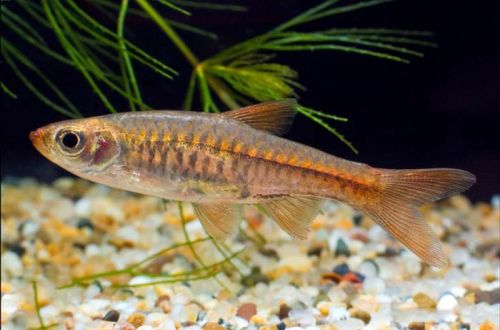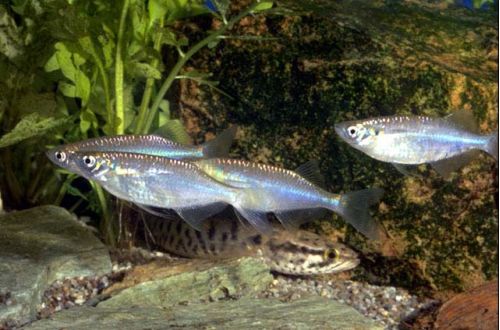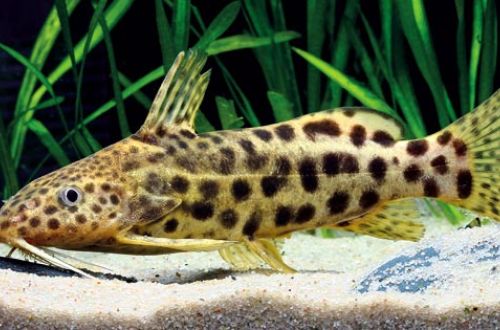
rasbora volcano
Rasbora volcano, scientific name Rasbora vulcanus, belongs to the family Cyprinidae (Cyprinidae). Such an unusual name has a simple explanation. The fish comes from the island of Sumatra and was presumably found in the rivers at the base of an active volcano. In addition, dominant males have a characteristic orange-red coloration reminiscent of lava.

Contents
Description
Adults reach a length of about 4 cm. The color of non-dominant males is not so bright, golden, orange or even pink shades predominate. The color depends on the light. Large scales have a slightly pronounced dark edging. Outwardly, they resemble a slightly larger related species Reticulate Rasbora.
The females look bigger. The coloration is silver. A dark stripe is visible along the lateral line.
Behavior and Compatibility
With its peaceful disposition and ability to live in a wide range of Rasbor environments, the Volcano will make a good addition to a community of other non-aggressive fish of comparable size.
They prefer to be in a flock, so it is recommended to maintain a group size of 8-10 individuals.
Brief information:
- The volume of the aquarium – from 60 liters.
- Temperature – 23-26°C
- Value pH — 6.5–7.5
- Water hardness – soft to medium hard (1-15 dGH)
- Substrate type – any dark
- Lighting – subdued
- Brackish water – no
- Water movement is weak
- The size of the fish is about 4 cm.
- Meals – any
- Temperament – peaceful
- Keeping in a flock of 8-10 individuals
Maintenance and care, arrangement of the aquarium
The optimal size of the aquarium for a small flock of these fish starts from 60-70 liters. The design is arbitrary, however, it is worth bringing the conditions of detention closer to the natural habitat. The lighting is subdued. Additional shading is achieved by floating plants. Any dark soil. The presence of places for shelters in the form of snags and thickets of rooted plants is welcome.
They can jump out of the aquarium, the presence of a lid is a must.
Fish successfully adapt to a wide range of hydrochemical parameters, which simplifies the process of water treatment during aquarium maintenance. For long-term keeping, it is important to replace part of the water weekly with fresh water and remove accumulated organic waste.
Food
Omnivorous species. Will accept most popular foods in the aquarium trade in a suitable size.
Breeding / breeding
In a favorable environment, spawning is not uncommon. After a short courtship, the fish lay their eggs among the thickets of plants. There is no parental care, so eggs and fry can become a victim of adult fish.
The incubation period is up to 2 days, depending on the water temperature. After another 1–2 days, the fry that have appeared begin to swim freely in search of food. Feed with specialized feeds in the form of powder, suspensions, and, if available, brine shrimp nauplii.





